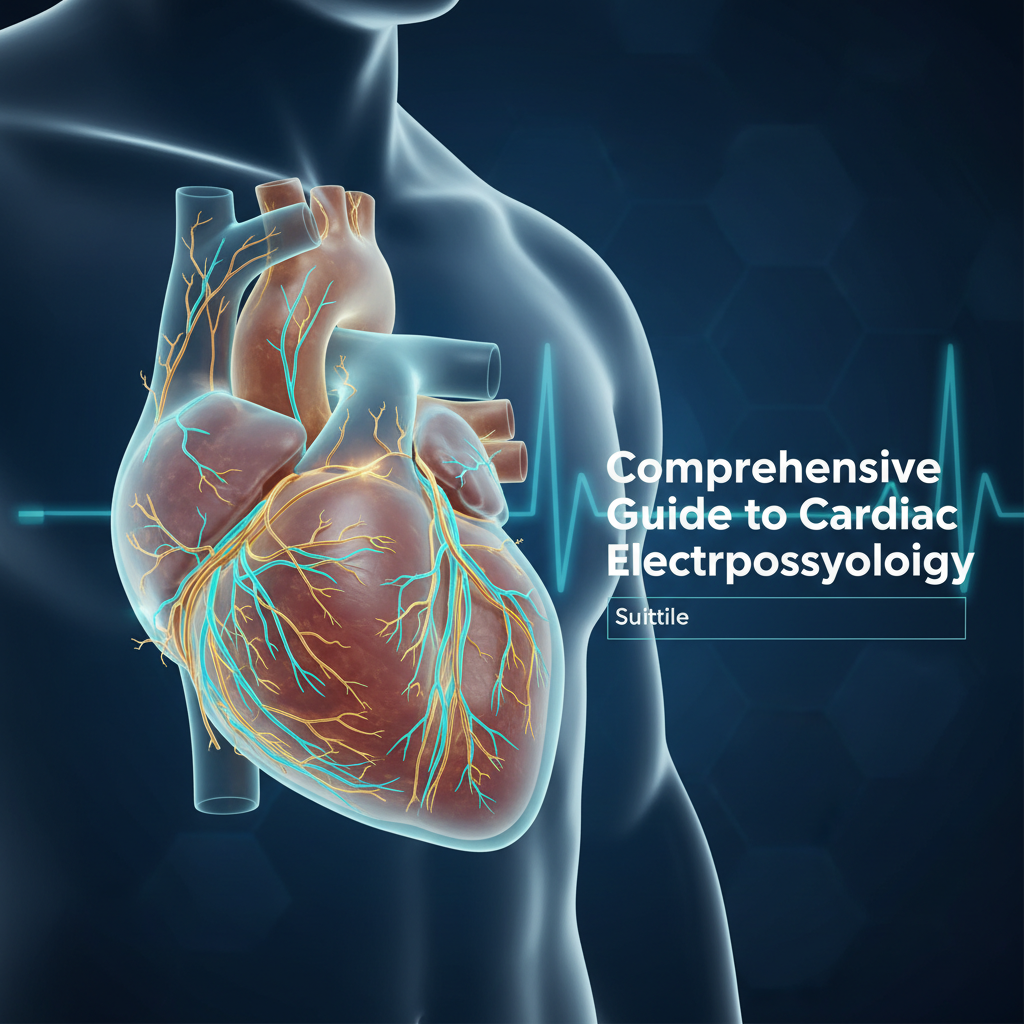A Comprehensive Guide to Cardiac Electrophysiology
Heart health is often synonymous with the strength of the heartbeat—but equally important is its rhythm. When the heart beats too fast, too slow, or irregularly, it may signal a deeper issue with the heart’s electrical system. Welcome to the world of cardiac electrophysiology—a highly specialized field that helps diagnose and treat these potentially dangerous rhythm disorders.
In this blog, we’ll explore the essentials of heart rhythm disorders, the role of electrophysiology (EP), and what patients should know about diagnosis and treatment, with insights inspired by the expertise shared by Prof. Dr. Narendra Kumar, a leading figure in this field.
What Is Cardiac Electrophysiology?
Cardiac electrophysiology is the study of the electrical signals that control your heartbeat. It’s a subspecialty of cardiology that deals with diagnosing and treating arrhythmias—abnormal heart rhythms. When these electrical impulses misfire, the heart can beat irregularly, compromising blood flow to vital organs.
Electrophysiologists use advanced techniques and tools to track, diagnose, and correct these rhythm problems, often through procedures like EP studies, ablation therapy, and pacemaker implantation.
What Are Heart Rhythm Disorders (Arrhythmias)?
Arrhythmias can be broadly categorized into:
- Tachycardia: A heartbeat that’s too fast.
- Bradycardia: A heartbeat that’s too slow.
- Irregular rhythms: Such as atrial fibrillation (AF), where electrical impulses fire chaotically.
Common Arrhythmias:
- AVNRT (Atrioventricular Nodal Reentrant Tachycardia): A fast but regular rhythm often seen in young adults.
- AVRT (Atrioventricular Reentrant Tachycardia): A condition involving an extra electrical pathway, such as in Wolff-Parkinson-White syndrome.
- Atrial Tachycardia: Abnormal impulses from the atria causing a rapid heartbeat.
- Atrial Fibrillation (AFib): Chaotic electrical activity in the atria, often leading to stroke if untreated.
What is an Electrophysiology (EP) Study?
An EP study is a test that maps the electrical activity of the heart to pinpoint the source of an arrhythmia. Performed in a special lab, catheters are inserted through blood vessels and guided to the heart. These catheters measure electrical signals in real time.
What to Expect:
- Minimally invasive and often performed under local anesthesia.
- Provides precise data to guide treatment.
- May be followed by immediate ablation if the problematic area is identified.
Ablation Therapy: A Targeted Cure for Arrhythmias
Once the faulty area in the heart is located, an ablation can be performed. This involves using radiofrequency energy (heat) or cryotherapy (cold) to destroy small areas of heart tissue causing the arrhythmia.
Benefits of Ablation:
- Often curative, especially for AVNRT, AVRT, and some atrial tachycardias.
- Minimally invasive with a short recovery period.
- Reduces or eliminates the need for lifelong medications.
Living With a Pacemaker or ICD
For patients with bradycardia or life-threatening arrhythmias, an implantable device may be recommended.
- Pacemakers help regulate slow heartbeats.
- ICDs (Implantable Cardioverter Defibrillators) monitor and correct dangerous arrhythmias automatically.
Life After Implantation:
- Regular follow-ups are essential.
- Avoid strong magnetic fields.
- Most people return to a full, active life.
Preparing for an EP Procedure: Patient Guide
Before your procedure:
- Avoid eating for 6–8 hours prior.
- Inform your doctor about medications or allergies.
- Arrange for someone to drive you home.
After the procedure:
- Mild discomfort at the catheter site is normal.
- Rest for 24–48 hours.
- Watch for signs of infection or unusual symptoms.
Maintaining Heart Rhythm Health
While many arrhythmias are caused by structural or inherited heart problems, you can reduce your risk with a heart-healthy lifestyle:
- Exercise regularly—but check with your doctor if you have symptoms.
- Avoid excessive caffeine or alcohol.
- Manage stress, which can trigger arrhythmias.
- Control blood pressure and diabetes.
- Quit smoking.
The Future of Electrophysiology
Thanks to innovations in 3D mapping, robotic catheter control, and AI-assisted diagnostics, the field of EP is rapidly evolving. Experts like Prof. Dr. Narendra Kumar are at the forefront of these advancements, making heart rhythm care more accurate, efficient, and safer than ever.
Conclusion: Empowering Patients Through Knowledge
Heart rhythm disorders can be frightening, but they are manageable—and often curable—with the right expertise. Whether you’re a patient facing a new diagnosis or someone exploring options for a loved one, understanding the basics of cardiac electrophysiology is the first step toward informed, empowered healthcare decisions.
Stay tuned for future blogs diving deeper into each of these topics, with patient stories, procedure breakdowns, and expert commentary from leaders like Prof. Dr. Narendra Kumar.


